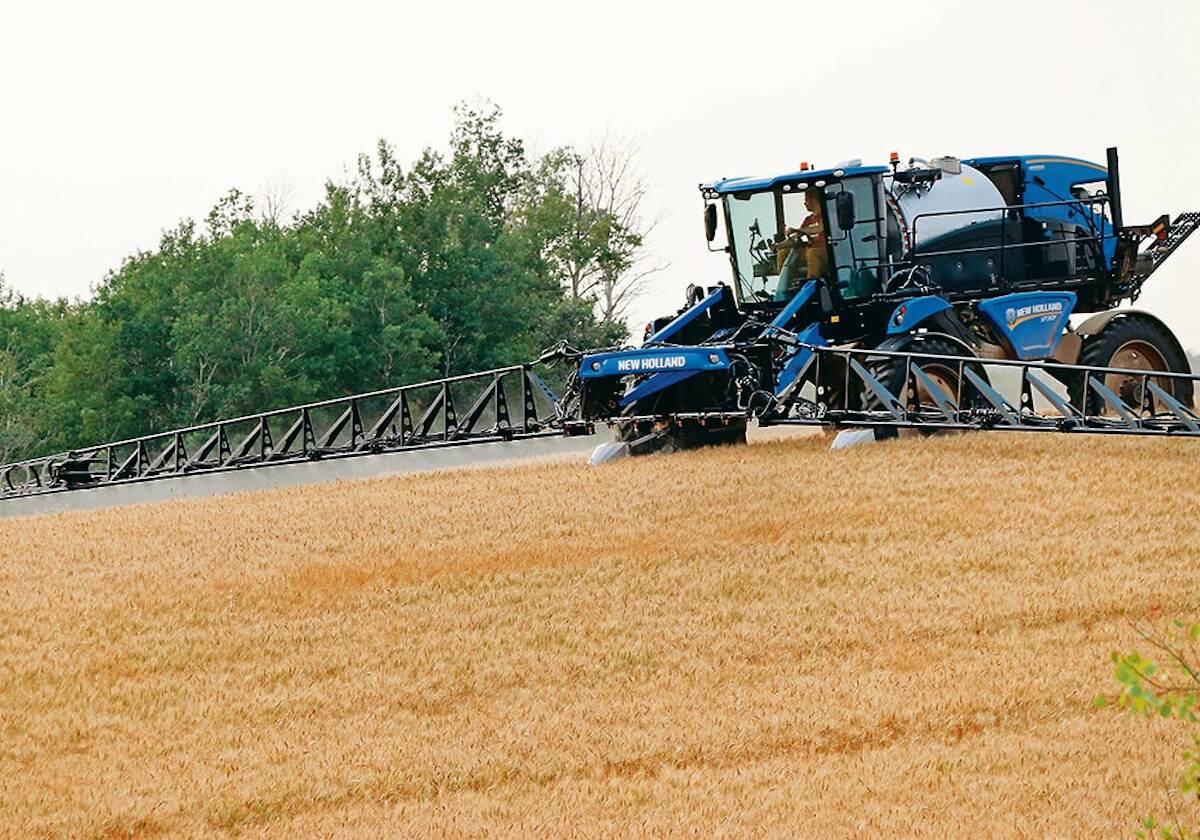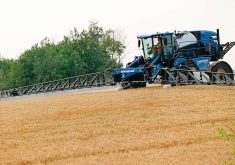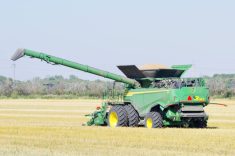A couple years ago I was out at the farm for a few days and my brother asked me to bid on something in an online auction sale for him.
He had other commitments so he told me the lot number, what he was willing to pay, and wished me luck.
I was going to need it. Not (necessarily) because I’m an inept bidder, but because of the horse-and-buggy nature of rural internet in Canada.
Read Also

Farming still has digital walls to scale
Canadian farms still face the same obstacles to adopting digital agriculture technology, despite the years industry and policy makers have had to break them down.
The family farm is at the end of seven miles of gravel, just over 11 miles from the nearest town, and many miles from the nearest telephone hub. The distance to the nearest fibre optic cable is likely measured in hours of driving time.
The available internet is a radio tower system, with a serious built-in lag time. You click on something and you wait. That proved to be my undoing during the auction as I sat there, hammering the button to bid one last time, while watching the item go to another buyer.
The loss of a new-to-him water tank wasn’t the end of the world for my brother, but it was disappointing. And that’s just one small example. Many rural families have recently run into far more serious challenges as COVID has pushed education online.
Our Geralyn Wichers reported this spring even farm families that can get rural internet were struggling with the new-found demands of learning from home. Some were dreading the cost, saying they didn’t want to see just how big the bill was going to be.
It was leading some to fret that there’s be two-tiered education in the province, with the dividing line between the internet haves and have-nots.
There have been some programs aimed at closing this digital divide. This spring for example the provincial government announced a plan to use a fibre optic network developed by Manitoba Hydro for its northern work camps to bring broadband internet to rural and northern Manitoba.
Bell MTS intends to spend $1 billion to bring high-speed fibre internet to more communities across the province.
But all of these efforts share the limitation of requiring laying a pipe, albeit in this case one filled with thousands of tiny glass threads the diameter of a human hair.
It’s exceedingly unlikely that pipe will ever come to the majority of farm homes throughout the Prairies. Our wide-open spaces and miles between farmyards would make that cost-prohibitive.
And while wireless technology such as cellular data is improving, there are still plenty of dead zones throughout the province, and even the fastest current 4G connection is just 12 megabits per second.
The much-talked-about 5G cellular data system could dwarf that, but it comes with a major caveat. It will operate on so-called “small cell” technology that required the towers to be built closer together. Much closer.
Today a cell tower can theoretically provide service as far as 45 miles away, but typically it’s more along the line of 20 or so miles.
The new 5G networks would require a tower roughly every 500 feet. That would work for downtown Winnipeg or Brandon, but it’s unlikely to work for Manitoba farms.
If this were simply a niggling inconvenience, preventing streaming Netflix or other leisure pursuits, that status quo might continue for some time.
But like the students struggling to watch videos for school and submit homework online, farmers will increasingly find themselves holding the short end of the digital stick.
There’s little doubt the future of most work, including farming, is digital. From self-driving equipment, to autonomous small robots constantly roaming fields on a search-and-destroy mission, the future of farming is going to require transmitting huge amounts of information back-and-forth virtually simultaneously.
Getting there is going to require a rethink and that could mean cutting the cord entirely and taking an extraterrestrial approach, as Glacier FarmMedia’s Jennifer Blair reports.
She took a look at mad genius Elon Musk’s proposed low-Earth orbit satellite array that he’s intending to use to bring broadband internet to Canada and the northern U.S. in the coming years.
While she found some skepticism, it raises a tantalizing possibility that this new approach could forgo the wired network or cell tower everywhere you look approach for something seamless and ubiquitous.
There’s a parallel to be found in Africa, where a wired telephone network was never built, and many nations instead adopted cell phones in large numbers as soon as they were available.
Nobody knows if Musk’s considerable fortune is large enough to launch the hundreds of satellites needed for the system. And it’s anyone’s guess what it will cost.
But the potential true high-speed internet will offer farmers is great enough that they should all be pulling for him.



















